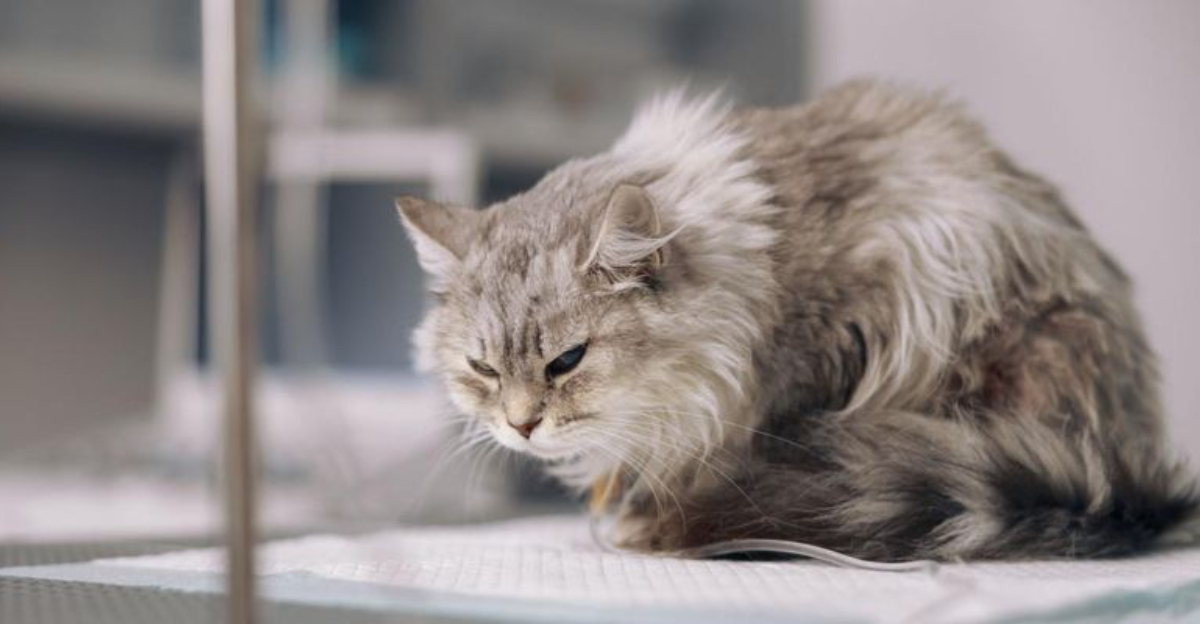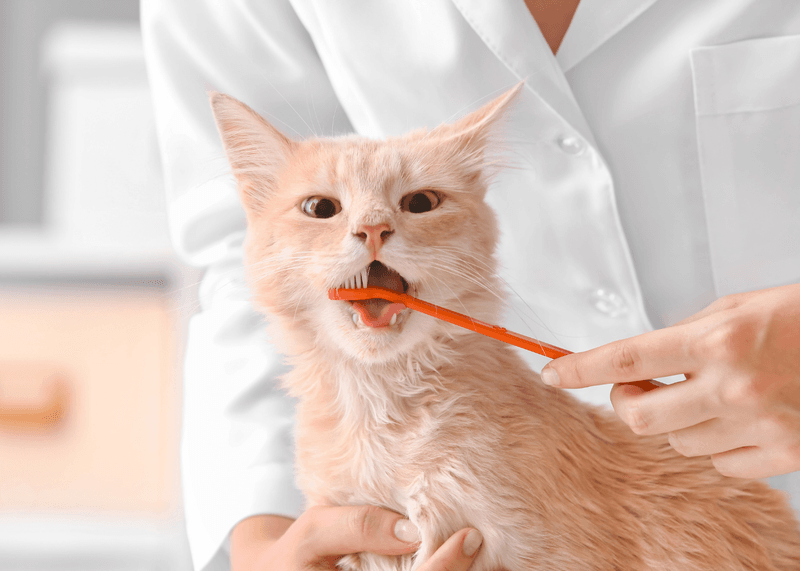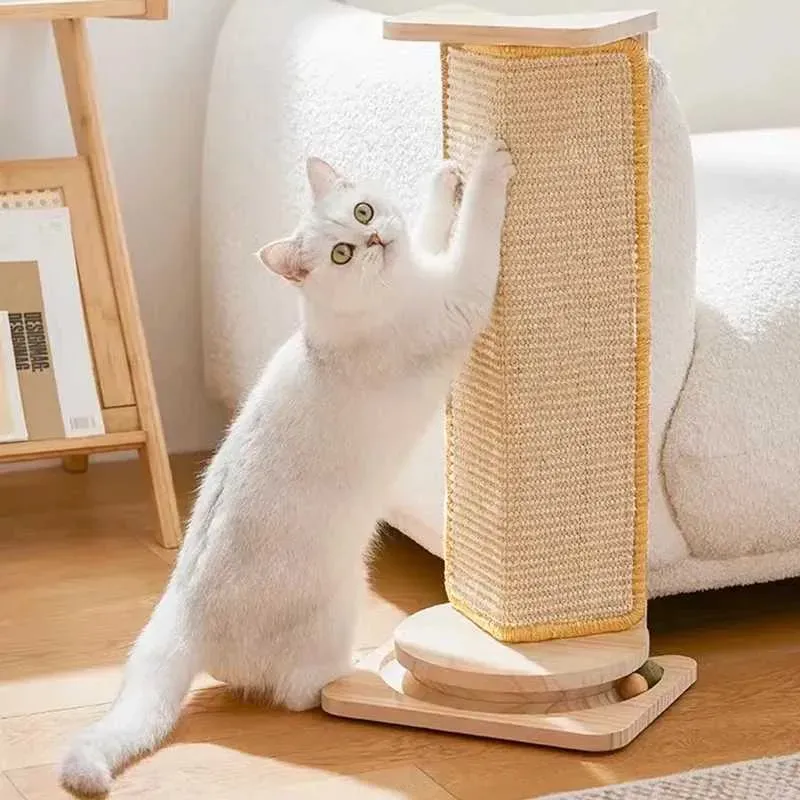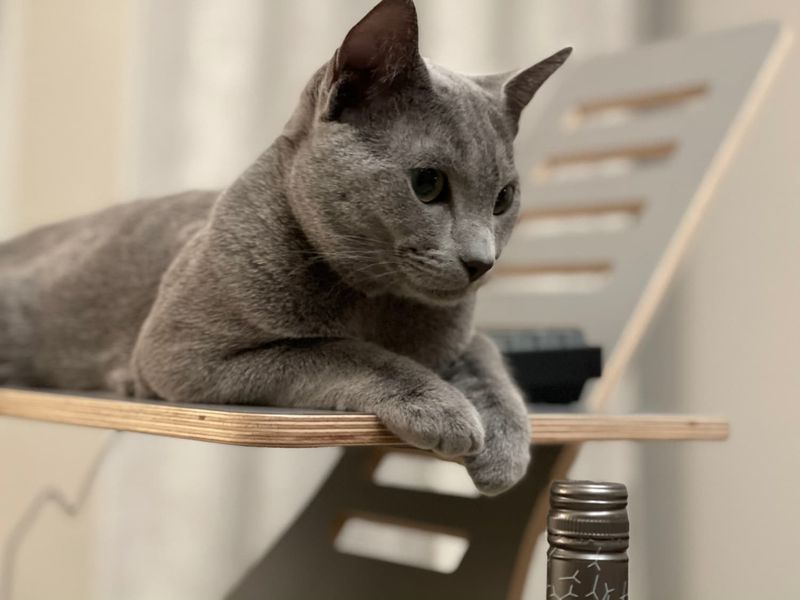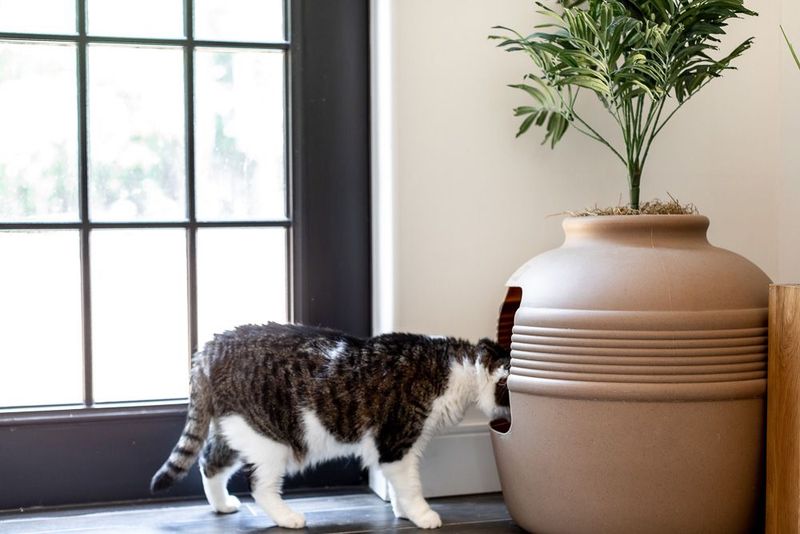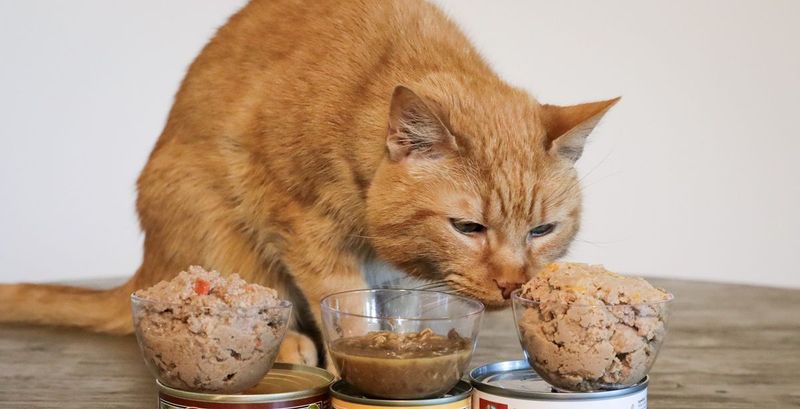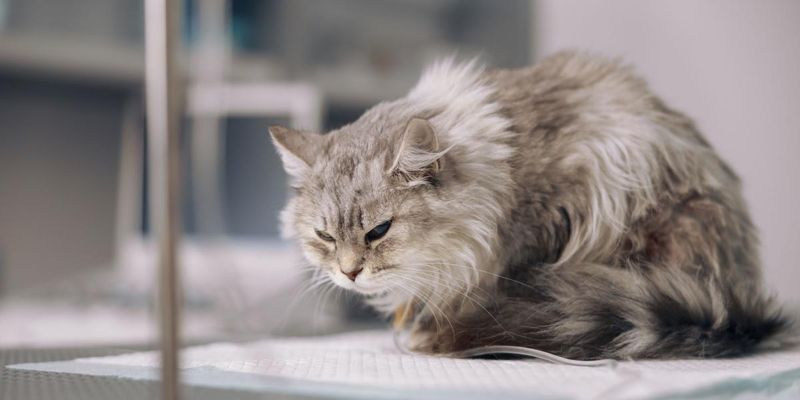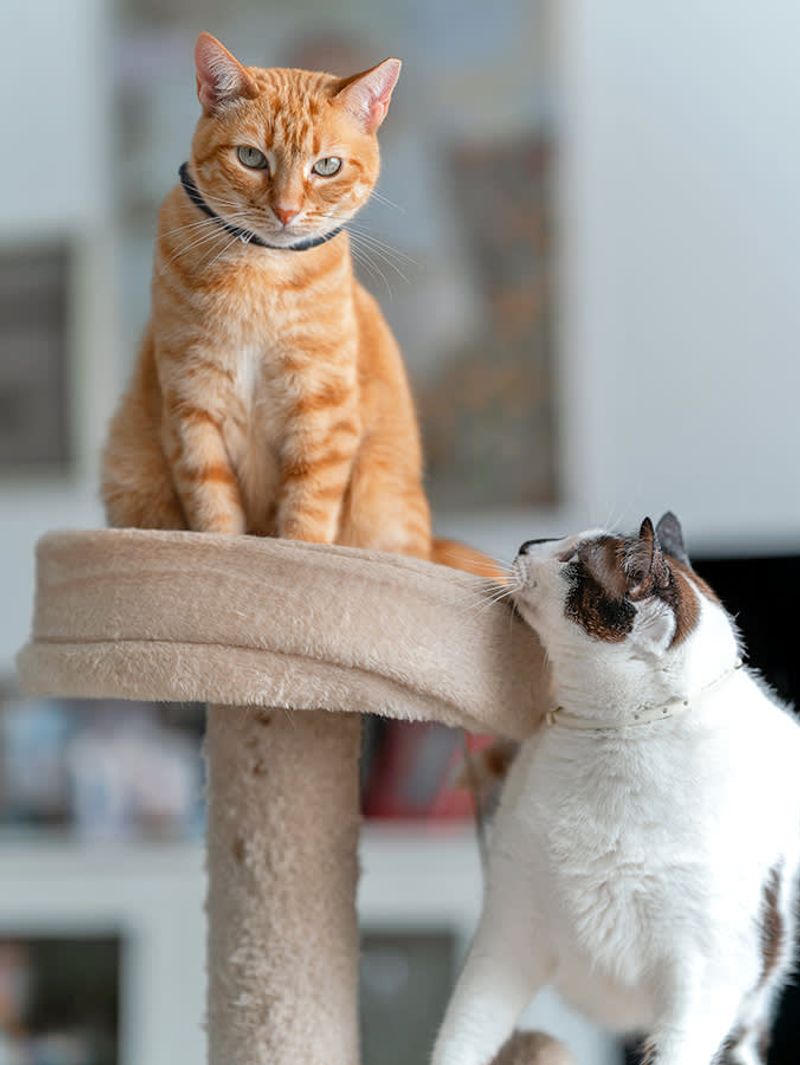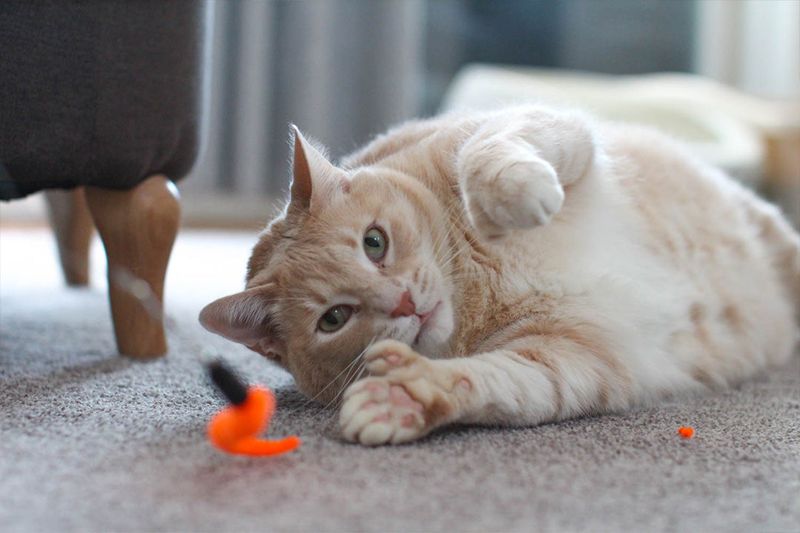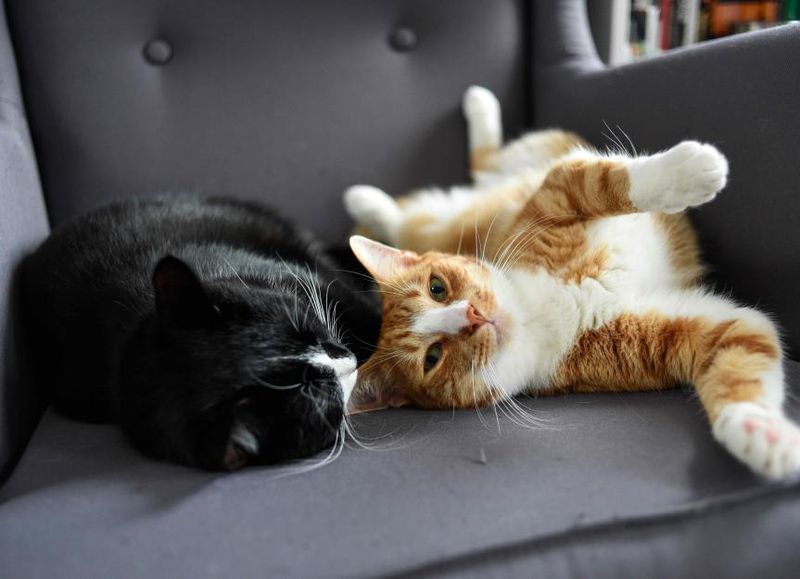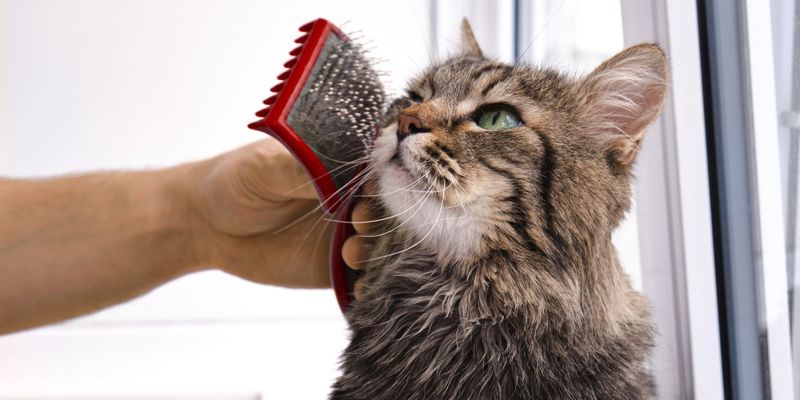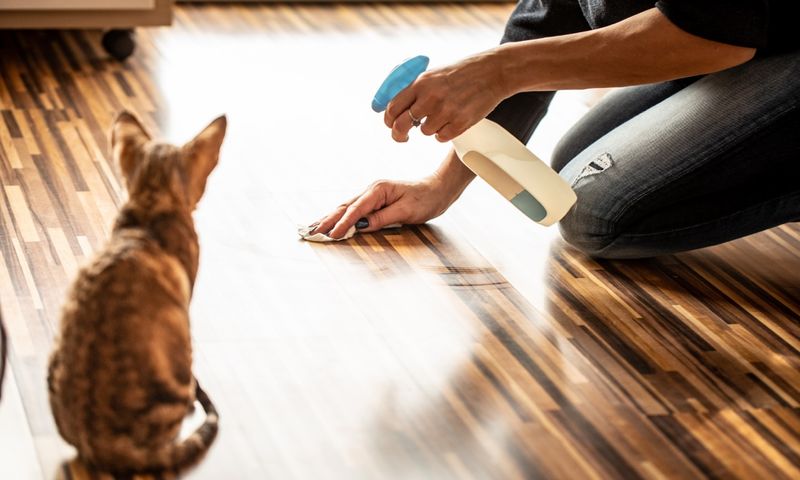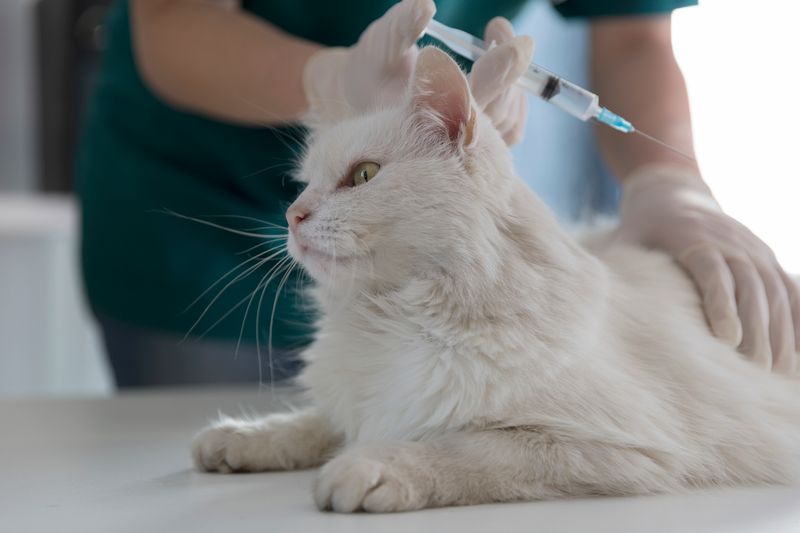📖 Table of Content:
- 1. Ignoring Dental Health
- 2. Providing Inadequate Scratching Surfaces
- 3. Skimping on Playtime
- 4. Overlooking Litter Box Basics
- 5. Feeding an Inappropriate Diet
- 6. Missing Health Warning Signs
- 7. Forcing Social Interaction
- 8. Using Punishment for Training
- 9. Neglecting Enrichment for Indoor Cats
- 10. Bringing Home Incompatible Companions
- 11. Overlooking Regular Grooming Needs
- 12. Using Harmful Cleaning Products
- 13. Forgetting Preventative Medications
Cats often give the impression of being fully self-sufficient, but their well-being depends heavily on human care. Behind their confident behavior lies a deep need for safety, stability, and daily support. Misunderstanding or overlooking these needs can lead to stress, illness, or behavioral issues.
Many caretakers unintentionally make choices that affect their cat’s health and emotional balance. These mistakes aren’t always obvious, but they can have lasting consequences. Small habits or oversights in areas like diet, environment, or routine may be more harmful than they appear.
Providing proper care means observing feline behavior closely and making thoughtful adjustments. Meeting a cat’s physical and emotional needs helps them thrive in their home environment. A well-cared-for cat is not just healthier—but also more relaxed, confident, and affectionate.
1. Ignoring Dental Health
Most cat owners never brush their cat’s teeth, setting them up for painful dental disease. Periodontal issues affect up to 85% of cats over three years old, causing discomfort and potentially leading to heart and kidney problems.
Start dental care by introducing tooth brushing gradually. Use a cat-specific toothpaste (never human toothpaste) and a soft finger brush. Begin with just touching their mouth, then progress to brushing one tooth, gradually working up to a full cleaning.
Dental treats, water additives, and annual veterinary cleanings also help maintain oral health. Even brushing just twice weekly can significantly reduce plaque buildup and keep your cat’s mouth healthier.
2. Providing Inadequate Scratching Surfaces
Scratching is a natural and necessary behavior for cats, not just a bad habit. Without proper outlets, they’ll turn to furniture and other household items. This activity helps them shed old nail sheaths, mark their territory, and stretch their bodies.
The solution is simple: invest in multiple scratching posts or boards. Place them in strategic locations, especially near sleeping areas and in social spaces where your cat spends time.
Consider different textures – some cats prefer sisal rope, others like cardboard or carpet. Vertical and horizontal options cater to different scratching styles. Sprinkle with catnip or use treats to encourage use, and always praise your cat when they use their designated scratching spots.
3. Skimping on Playtime
Your indoor cat’s hunting instincts don’t disappear just because they live in your home. Without regular play, cats become bored, frustrated, and often develop behavioral problems like aggression or excessive grooming. Mental stimulation is just as important as physical exercise.
Set aside at least two 10-15 minute play sessions daily. Use interactive toys that mimic prey movements – wand toys, feathers on strings, or small toys you can make dart and hide. Let your cat “catch” their prey occasionally to satisfy their hunting sequence.
Rotate toys to keep things interesting, and try puzzle feeders that make your cat work for treats. These activities fulfill natural instincts and strengthen your bond while preventing obesity and destructive behaviors.
4. Overlooking Litter Box Basics
Many behavioral problems stem from inadequate litter box setups. Cats are naturally clean animals with specific bathroom preferences. The general rule is one litter box per cat, plus one extra – so two cats need three boxes.
Location matters tremendously. Boxes should be in quiet, accessible areas away from food and water. Many cats dislike covered boxes, which trap odors inside and can make them feel cornered. Scoop daily and completely change litter weekly.
Experiment with different litter types if your cat seems unhappy. Most prefer unscented, clumping clay litter with a fine texture. Sudden litter box avoidance often signals health problems, so consult your vet if this behavior appears.
5. Feeding an Inappropriate Diet
As obligate carnivores, cats must consume meat to stay healthy. Their bodies depend on nutrients such as taurine, which are only found in animal products. Feeding the wrong type or amount of food can cause serious health problems like obesity and urinary tract disease.
Read ingredient labels carefully – meat should be first, not corn, wheat, or “meat by-products.” Wet food provides crucial moisture that many cats don’t get enough of through drinking water alone. Consider feeding multiple small meals rather than leaving food out all day.
Talk to your vet about your specific cat’s nutritional needs based on age, weight, and health conditions. Senior cats, kittens, and those with medical issues have different dietary requirements that over-the-counter foods might not address properly.
6. Missing Health Warning Signs
Because of their wild roots, cats are wired to hide sickness until it becomes severe. Early warning signs can include drinking more than usual, changes in litter box habits, or resting in unfamiliar places.
Create a baseline of your cat’s normal behavior. Monitor food intake, water consumption, litter box habits, and energy levels. Weight changes are particularly important – both gains and losses can signal health issues.
Schedule wellness exams every 6-12 months, not just when problems arise. Senior cats (over 7 years) benefit from twice-yearly checkups and basic bloodwork. Early detection of conditions like kidney disease, hyperthyroidism, or diabetes dramatically improves outcomes and quality of life.
7. Forcing Social Interaction
Cats set their own social boundaries. Picking up or petting a cat who doesn’t want attention creates stress and damages trust. Unlike dogs, many cats prefer brief interactions on their terms rather than extended cuddling sessions.
Learn to recognize your cat’s body language. Flattened ears, tail twitching, dilated pupils, or a tense posture means “leave me alone.” Slow blinking, a raised tail, and gentle head-butting are invitations for interaction.
Always let your cat initiate and end contact. Provide elevated spaces where they can observe household activities without participating. This respect for their autonomy builds confidence and often results in a cat who seeks you out more frequently because they know you won’t overstep their boundaries.
8. Using Punishment for Training
Spraying water, loud noises, or physical punishment teach cats to fear you, not to change behavior. Cats don’t understand negative reinforcement the way humans do. Their unwanted behaviors usually stem from unmet needs or environmental stressors.
Focus on positive reinforcement instead. Reward desired behaviors with treats, praise, or play. For scratching furniture, redirect to appropriate surfaces and reward when used. For counter-jumping, provide alternative elevated spaces and make counters less appealing.
Address the root cause of problematic behaviors. Aggression often stems from fear or overstimulation. Inappropriate elimination might indicate litter box issues or health problems. Consulting with a veterinary behaviorist can help solve persistent issues through behavior modification rather than punishment.
9. Neglecting Enrichment for Indoor Cats
Indoor cats live safer, longer lives, but four walls can become a boring prison without proper environmental enrichment. The average home lacks the stimulation cats need, leading to stress-related behaviors and health issues.
Create a three-dimensional environment with cat trees, shelves, and window perches that allow climbing and observation. Rotate toys weekly to maintain interest, and incorporate puzzle feeders that make cats work for food, mimicking natural hunting behaviors.
Consider growing cat grass indoors, setting up bird feeders outside windows for “cat TV,” or playing nature videos designed for cats. Some cats enjoy supervised outdoor time in secure enclosures (catios) or on harnesses, providing safe exposure to fresh air and natural stimuli.
10. Bringing Home Incompatible Companions
Adding a new pet without proper consideration can traumatize your resident cat. Cats are territorial creatures who often prefer being the only feline in the household. Forced introductions frequently lead to long-term hostility and stress-related health problems.
Before adopting another pet, honestly assess your cat’s personality. Some cats are naturally more sociable than others. If you do bring home a new animal, follow a gradual introduction protocol over several weeks, not days.
Start with scent exchanges and feeding on opposite sides of a door before visual contact. Provide multiple resources (food bowls, litter boxes, scratching posts) throughout your home to prevent competition. Never force interactions – let the animals set the pace for their relationship development.
11. Overlooking Regular Grooming Needs
While cats groom themselves, they still need our help maintaining healthy coats and skin. Long-haired breeds particularly suffer without regular brushing, developing painful mats that can lead to skin infections. Even short-haired cats benefit from brushing to reduce shedding and hairballs.
Establish a regular grooming routine based on your cat’s coat type. Long-haired cats may need daily brushing, while weekly sessions suffice for short-haired varieties. Use appropriate tools – slicker brushes for long hair, soft bristle brushes for short coats.
Check ears for cleanliness and trim nails every few weeks. Introduce grooming gradually to nervous cats, using treats and short sessions to build positive associations. Professional grooming may be necessary for severely matted coats or cats who strongly resist home grooming.
12. Using Harmful Cleaning Products
Common household cleaners contain chemicals toxic to cats, who absorb substances through their paws and during grooming. Their sensitive respiratory systems are easily damaged by strong fumes. Products containing phenols, ammonia, bleach, and essential oils pose particular dangers.
Switch to pet-safe cleaning products specifically formulated for homes with animals. Diluted vinegar, baking soda, and hydrogen peroxide make effective alternatives for many cleaning tasks. Always rinse surfaces thoroughly and ensure floors are completely dry before allowing cat access.
Store all cleaning supplies securely away from curious paws. Be especially cautious with essential oil diffusers – many oils toxic to cats become airborne through these devices. Symptoms of chemical exposure include drooling, vomiting, respiratory distress, and lethargy, requiring immediate veterinary attention.
13. Forgetting Preventative Medications
Even indoor cats need protection against parasites and preventable diseases. Fleas can hitch rides into your home on clothing or other pets. Heartworm is transmitted by mosquitoes that easily slip through screens. Preventable diseases can become expensive emergencies.
Maintain a year-round parasite prevention schedule appropriate for your region and cat’s lifestyle. Even strictly indoor cats should receive core vaccinations against rabies, panleukopenia, herpesvirus, and calicivirus, with boosters as recommended by your veterinarian.
Set calendar reminders for monthly preventatives and annual vaccine appointments. Keep records of all medications and vaccinations. Discuss your specific cat’s risk factors with your veterinarian to create a customized prevention plan that protects without unnecessary treatments.
